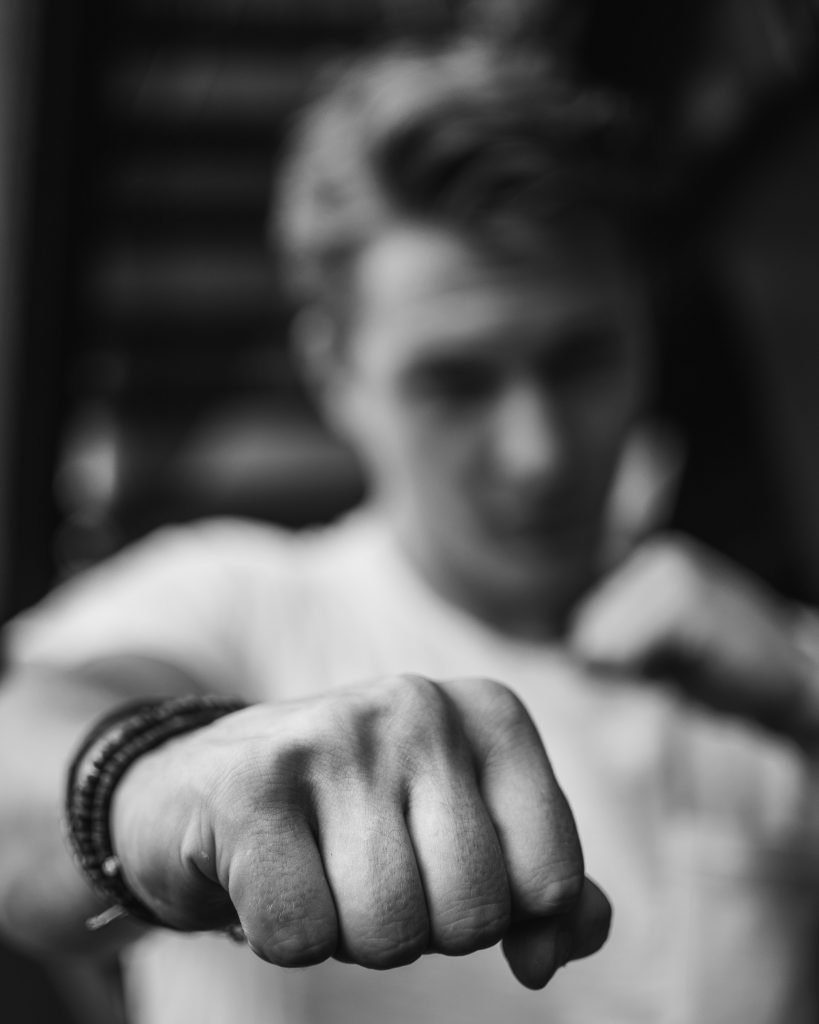Jesus’ take on resistance begins with turning the other cheek. To be honest, most in the American Christianity find a way to dismiss this text. Those who take it seriously interpret it as bypassing self-defense. They suggest that, rather than absorbing a single blow, you should allow yourself to be hit twice. But there is an easy to miss cultural nuance that transforms what Jesus says.
Striking the Right Cheek
Matthew quotes Jesus as saying, “But if anyone strikes you on the right cheek, turn the other also.” Notice, how Jesus specifies which cheek is struck first. This is key to understanding the passage as one of resistance, an insight first written about in Walter Wink’s, The Powers That Be (affiliate).
First, it is important to know that, in the ancient world, people exclusively used their left hand for unclean tasks. To use it, even to gesture, was socially taboo. Therefore, the only hand you could use strike someone, is the right. The only way to strike someone on the right cheek with the right hand is a backhand.
In the ancient world, a backhanded blow did not aim to injure someone, rather it was a degrading blow to indicate someone’s inferiority. A backhand meant to demean and insult someone. Ideally, it would put someone out of line, back in their place.
A master would backhand a slave. The same is true of a husband backhanding a wife or a parent striking a child. Similarly Romans would backhand Jews and those from the upper-class would backhand peasants. The whole act aimed to reinforce the social hierarchy. A backhand was all about power.
So in the scenario Jesus creates, someone of higher social status degrades the follower of Jesus. In response, Jesus instructs his follower to turn their left cheek.

Striking the Left Cheek
Now, in order to deliver another degrading backhand, the one asserting their authority would need to twist their arm around attempt a flailing and forceless motion that would do more to make them look foolish than establish their superiority. So the only option would be to strike with a fist.
But just as a backhanded strike indicated superiority in the ancient world, a blow with a fist indicates equality. You would only punch someone you considered an equal. Therefore striking with a fist accomplishes the exact opposite of the blow’s intent. Rather than demeaning someone, it recognizes an elevated status. Thus turning the other cheek marks a refusal on the part of the one deemed socially inferior, to embrace their societal status. Jesus tells them to resist the social hierarchy.
Turning the Cheek on Social Hierarchy
In his groundbreaking book, The Forgotten Creed (affiliate), Stephen Patterson argues that went he Apostle Paul writes to the Galatians, “There is no longer Jew or Greek, there is no longer slave or free, there is no longer male and female; for all of you are one in Christ Jesus.” That he actually quoted an early Christian baptismal creed.
As we saw when John the Baptist baptized the Jews, baptism is a ritual that shifts people from one way of doing life to another. In the terminology of Abundance Reconstructed, it is rejecting a spirit of power for a spirit of love. If Patterson is correct, and I believe he is, then one of the most significant shifts for early Christians, marked a rejection of social divisions based on race, class, and gender. By telling them to turn the other cheek, Jesus reinforces this understanding.
Turning the other cheek is an act of defiance. It strips the ability of an oppressor to dehumanize someone else. But it is also an act of self-respect. It is a move that declares one’s dignity. It boldly states, “I too am created in the image of God!” As Gandhi taught, “The first principle of nonviolent action is that of noncooperation with everything humiliating.” This is what we will continue to see as Jesus continues outlining these acts of resistance.
The Series
This post is part of an ongoing series. Link here for a list of every episode in this series.